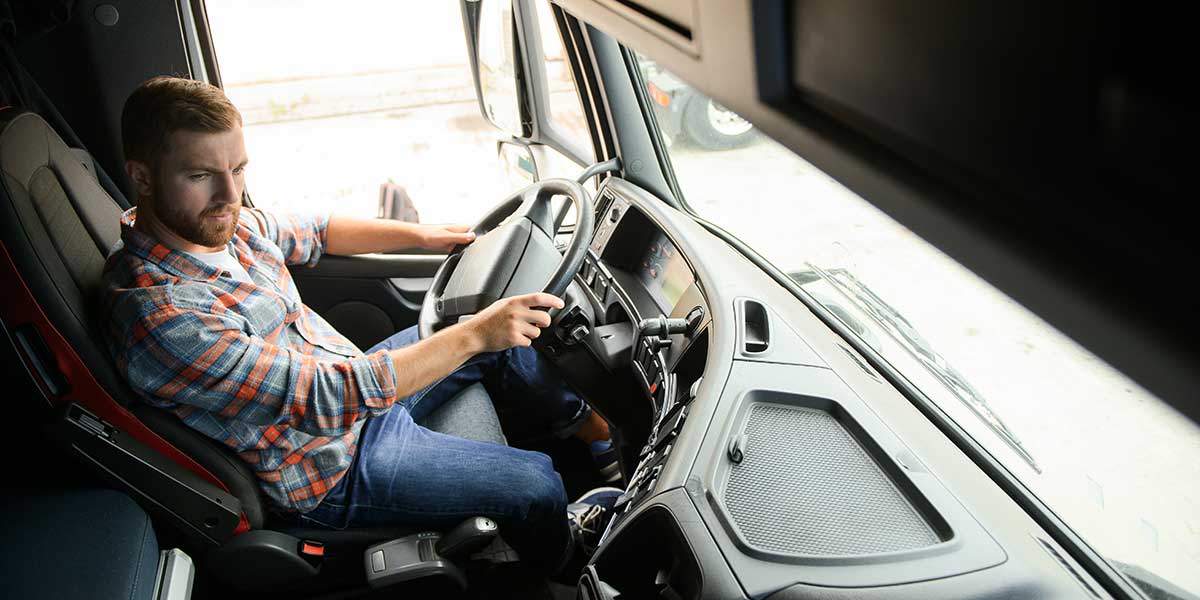What You Need To Know About FMCSA Entry-Level Driver Training Requirements

If you’re getting your CDL for the first time or planning to add an endorsement, it's important that you understand the new FMCSA requirements. These new rules affect when you’re allowed to take your test, and if you don’t understand them now, you could end up waiting longer than expected to get your license.
In this blog post, you’ll learn what the new FMCSA entry-level driver training requirements mean for getting your CDL or endorsement, and how FMCA Filings helps you complete the process on time.
What You Need To Know About FMCSA Entry-Level Driver Training Requirements
The FMCSA established the Training Provider Registry to enhance the reliability, trackability, and fairness of the training process for entry-level commercial motor vehicle drivers. Before the introduction of new requirements, there was no easy way to confirm whether a driver had received consistent, high-quality training. Some training programs omitted key topics or failed to properly assess driving skills.
The registry addresses this issue by requiring all approved providers to follow a federal curriculum and submit completed records directly to the FMCSA. This process protects you from training mistakes, missing paperwork, and rejected test applications.
When Do the FMCSA ELDT Rules Apply to You as a Driver?
You must meet FMCSA ELDT requirements if you’re getting a Class A or B CDL for the first time. The same rule applies if you’re upgrading from a Class B to a Class A license. Drivers adding a hazmat, passenger, or school bus endorsement for the first time must also meet the FMCSA entry-level driver training requirements.
If you got your commercial learner’s permit (CLP) before February 7, 2022, and earned your CDL before it expired, you’re exempt. Military drivers and anyone with an approved FMCSA skills test waiver are exempt, too.
If any of these situations apply to you, your next step is to complete the required training through a provider listed in the Training Provider Registry.
How the FMCSA ELDT Rules Changed CDL Training Across the Country
Before the new rule, CDL training programs varied from state to state and didn’t always follow the same standards. The FMCSA ELDT rule changed that by establishing a single national training standard for all entry-level drivers. If you’re getting your Class A or B CDL for the first time, or upgrading from a Class B to a Class A, you now have to complete a specific curriculum through a provider listed on the Training Provider Registry.
These FMCSA entry-level driver training requirements include classroom instruction and behind-the-wheel training. The classroom portion covers inspection procedures, FMCSA hours-of-service rules, safe driving practices, and emergency response steps. The driving portion takes place on both closed courses and public roads in a vehicle that matches your license class.
How ELDT Affects CDL Endorsement Training
If you're applying for a hazmat (H), passenger (P), or school bus (S) endorsement for the first time, you're now required to complete CDL endorsement training through a provider approved and listed in the FMCSA Training Provider Registry.
Hazmat training encompasses topics such as cargo handling, security procedures, and emergency response. Passenger and school bus endorsements cover safe boarding, route planning, and how to transport passengers responsibly. Like the full CDL program, these endorsements follow a standardized curriculum. Your provider must record your completion before you can take the related knowledge or skills test.
How To Make Sure the FMCSA Received Your Training Records
Once you have finished training, your provider must submit your record to the FMCSA. FMCSA forwards it to your state, and the state must have it on file before you can take your test.
To confirm everything is in place, contact your provider directly or check with your state licensing agency for confirmation. FMCA Filings can help you track submissions, avoid paperwork gaps, and make sure your record meets all FMCSA entry-level driver training requirements before your exam date.
Why Drivers Choose FMCSA Filings for ELDT and CDL Compliance
At FMCA Filings, we help you complete the FMCSA entry-level driver training requirements without missing a step. We track your records, verify provider submissions, and make sure everything is in place before you take your test. Whether you're applying for your first CDL or managing filings for a fleet, we keep the process clear and organized.
After your training, you may need to apply for a DOT number or meet other federal requirements. Read our other blog on DOT certification to learn about the process and the next steps. You can also visit our About FMCA Filings page to learn about other ways we support drivers and trucking companies across the country.